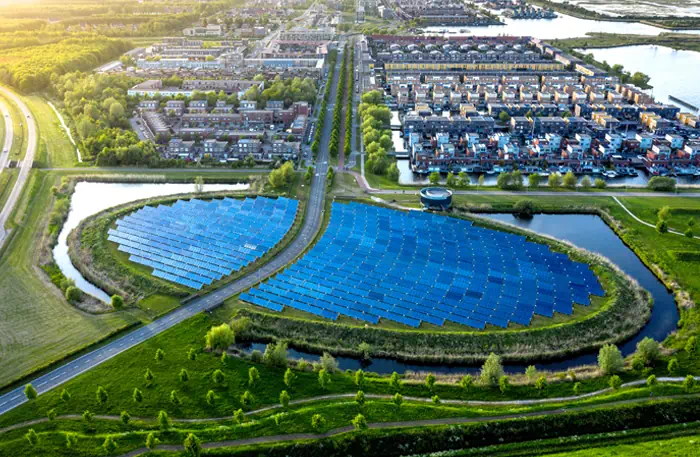
We aim for strong relative returns with a focus on finding the best investment opportunities, and less on correlation to a specific benchmark. With over 60 years of combined experience, our partners have invested capital for large institutional investors through multiple market cycles.
Read moreOur investment process identifies market inefficiencies by focusing on the economics of climate change and scientific forecasts. We explore the risks and opportunities of climate change by understanding the intersection of public value investing and climate.
The four main trends:

Technological
Innovations
Regulatory
Change
Physical
Changes
Consumer
Behavior
Find out more about our two part investment process
InvestingWe are a team that has worked at the largest financial institutions: mutual funds, hedge funds, asset managers, and consulting firms.
As a group, we want to define a new kind of outperformance and legacy with you - trying to integrate economics with ecology and performance with meaning.
Our values
Integrity
Collegiality
Entrepreneurship
2024 Climate Impact Report
As Redwood Grove has grown, we’ve heard increased interest from our client and allocator community on how asset managers can be steering their portfolio towards a net zero transition. Our 2024 Impact report shares our thinking on this, as well as the differentiating framework Redwood Grove has always had in evaluating the financial impact of climate change on our portfolio companies in parallel with deep fundamental analysis. Compared to the prior reporting period, our portfolio’s net zero alignment and carbon efficiency measures improved, with 72% of our portfolio classified as Aligning or Aligned with net zero goals and an additional 13% of portfolio comprised of clean tech companies. Read more about the climate stories for each of our portfolio companies and our net zero reporting.
Climate Change’s Inflationary Impact on Food
In this quarterly update, Redwood Grove looks at how climate change impacts food production: altering flavor profiles, complicating growing conditions and disrupting supply chains. Examining climate change’s inflationary impact on food, we discuss a new addition to our portfolio, International Flavors and Fragrances (IFF) and the continued role of flavoring companies as food manufacturing adapts to new climate challenges.
Falling Iguanas, Solar Coaster, and the Senator with the Snowball
In the latest update from Redwood Grove, we look at the alarming rise in global temperatures, the market’s short-term focus with renewable energy stocks experiencing a significant sell-off, and discuss the increasing attention on the economics of climate change and the importance of a long-term view.
Do you have questions about Redwood Grove Capital?
Contact